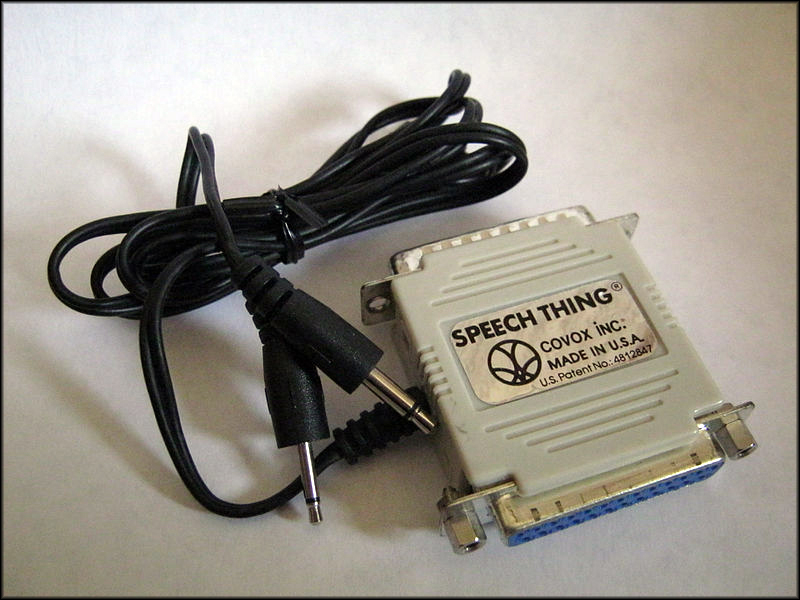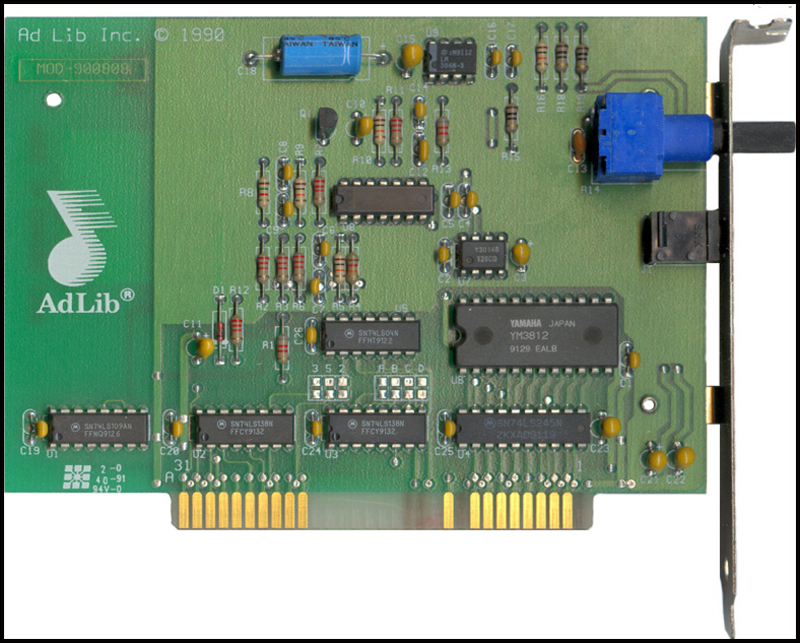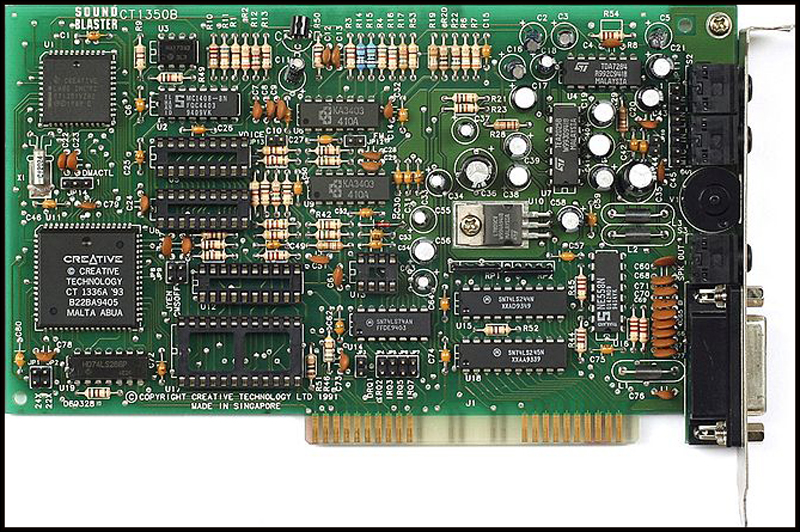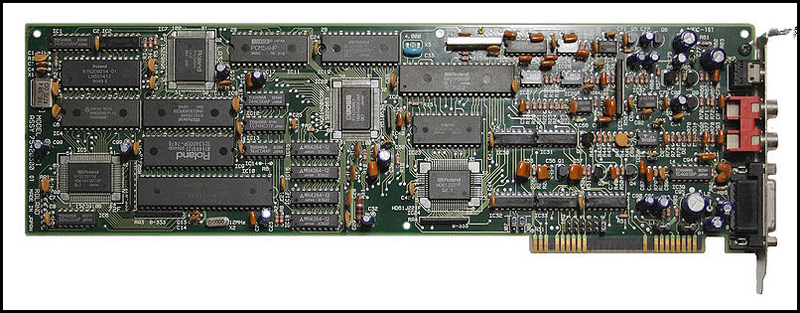 |
Keep Calm and Grog On! |
|
| Home | About Us | Article Index | Forums | Dice | GrogShop | GH ON FACEBOOK | GrogNews |
Let Your Grog Flag Fly!Recent ArticlesGARPA 17, 4/26/13 SimCity AAR Part 1, 4/25/13 Announcing MayViation, 4/24/13 Second Look at Wargame AirLand Battle, 4/21/13 First Look at Wargame AirLand Battle 4/19/13 AAR of Dark Age Minis Battle, 4/18/13 Video Review of Zulus on the Ramparts, 4/14/13 GARPA 16, 4/12/13 Crusader Kings II AAR Part 16, 4/11/13 Book Review: Ninja: 1000 Years of the Shadow Warrior, 4/10/13 Review of Bioshock INfinite, 4/7/13 Review of XFX PRO650W Core Edition PSU, 4/5/13 Civilization V AAR, Part 13, 4/4/13 Fire with Fire, 3/31/13 GARPA 15, 3/29/13 Civilization V AAR, Part 12, 3/28/13 Wheaton INterview, 3/27/13 March Mayhem Winner, 3/25/13 Warlock Multiplayer AAR, 3/21/13 WWII PTO Alternate Histories, 3/20/13 GARPA 14, 3/15/13 Crusader Kings II AAR, part 15, 3/14/13 Civilization V AAR, part 11, 3/7/13 Prezcon Convention Coverage, 3/2/13 Civilization V AAR, part 10, 3/3/13 |
PC Sound – The Evolving Sound of Battle in Combat Gaming - Part 1By Andy Mills, 11 June 2012Our resident techie takes a look at what makes your PC wargame go "boom!"Sound is one of the most important elements in creating an immersive wargaming experience. Nothing can pull you into the game like the crisp crack of a distant sniper rifle or the visceral thud of automatic 20 mm cannon fire. Today these high quality digital audio effects and music are taken for granted; in fact some gamers don’t give PC sound a second thought when they play a game or buy a new system. Those of us who started gaming in the late 80’s and early 90’s know that PC sound has come a long way from the timid chirps and cryptic beeps of the system speaker. Hopefully, this retrospective will provide you - the wargamer - with some insight into the complex evolution of sound in PC gaming. Humble BeginningsThe movement to improve PC sound didn’t garner any meaningful attention until 1986. Up until this point, most PC’s were designed and built as business machines with very little thought given to any type of multimedia application. Sound was handled by a very small internal speaker that had a limited repertoire of beeps or buzzing noises. One ambitious US company, Access Software, did attempt to deliver digital sound via the PC speaker, but the project failed as early processors could not handle the intense workload. Another US firm, Covox Incorporated, designed the Covox Speech Thing. This part was a primitive 8-bit device plugged into the PC printer port that could reproduce some audio. The price was originally set at $79.95 (USD) and the Covox plug, as it was more commonly called, did enjoy some success into the up until the early 1990’s. Disney improved upon this technology by creating a similar plug called the Disney Sound Source. It was a marginally more sophisticated system that featured a printer port plug linked to an external battery-powered speaker box.
The Covox Speech Thing – Primitive PC sound beginnings
Then There Was OneThe first mainstream internal sound card for the PC was the Ad Lib Music Synthesizer. It was created in 1987 by a Canadian music professor, named Martin Prevel, who went on to form Ad-Lib Incorporated. After encountering some initial resistance from the gaming industry, the Ad-Lib card did become the industry standard by 1990. Using a Yamaha YM3812 (OPL-2) FM synthesis chip, the Ad Lib card could generate music and sound effects, but not digital audio/speech.
The original 8-bit Ad Lib sound card – the first mainstream internal PC expansion card.
Game BlastingThe key impetus behind the success of this card was a decision by Sierra online to introduce quality music and sound effects in their adventure games, such as King’s Quest IV. Sierra did not stop there, they also partnered with synthesizer giant, Roland to sell the MT-32, which was an external box-like device and a full length, 8-bit sound card called the LAPC-I. Both of these devices were extremely expensive ($550.00 and $200.00 respectively) and PC gamers continued to look elsewhere for a more cost-effective audio solution. Creative Labs had attempted to enter the sound card market in 1987 with the ill-fated Creative Music System, later named the Game Blaster. In 1989, the first Sound Blaster card hit the scene using the same OPL-2 series chip as the Ad Lib, but Creative Labs had a couple of additional aces up their sleeve. The Sound Blaster could play back digital sound samples and it also had an integrated analogue game port for joysticks. Wing Commander II was among the first games to exploit the advanced capabilities of the Sound Blaster. A digitized audio pack could be purchased for the game, which allowed wingmen and other characters to speak in the game and during cut-scenes. Ad Lib attempted to play catch-up by releasing the Ad Lib Gold, which featured the more advanced Yamaha fabbed OPL3 chip, but it was too little, too late. What made a bad situation even worse for Ad Lib was that Sound Blaster cards were priced much lower than the Ad Lib Gold. By 1992 Ad Lib had filed for bankruptcy, effectively removing them from the sound card market.
8-bit Sound Blaster 2 - The smaller successor to the full length Sound Blaster card
Doing it RightIn 1991 Creative labs took advantage of the Ad Lib’s misfortune and Roland’s high pricing to pounce on the sound card market. By using an aggressive marketing campaign, a reasonable pricing strategy and offering leading-edge technology, Sound Blaster cards quickly became synonymous with PC audio. Moving from 8-bits to 16-bits, and sporting a new OPL3 chip, the Sound Blaster 16 quickly became the standard sound card for PC gamers. 16-Bit Sound Blaster 16 – The Sound Blaster 16 was king in 1992
The Roland LAPC-I – An expensive and massive monster card
|
Please support the folks that support GrogHeads
|
Copyright ©2012-2019, Grogheads, LLC. All rights reserved in the United States and throughout the world. All other products and copyrights mentioned on Grogheads, LLC are the property of their respective companies, and Grogheads, LLC makes no claim thereto.
GrogDice - Refresh the screen to roll a new set!
Or go here to roll a LOT of dice



